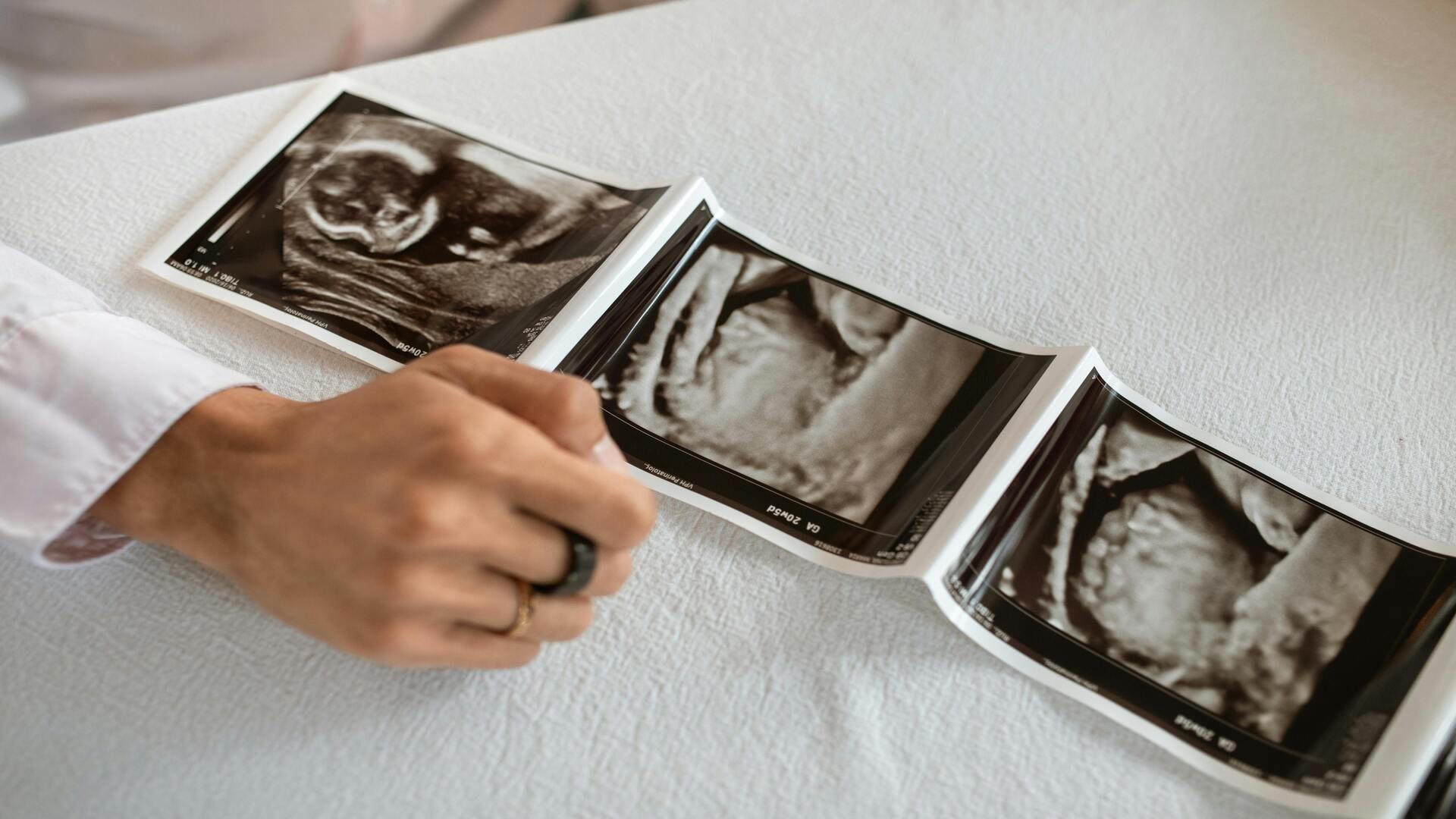How to Check Your Cervical Mucus to See if You’re Ovulating

Sarah Johnson, MD

What to Know About Cervical Mucus
It can assist you in becoming pregnant to know when your cervical mucus (CM) is fertile. Although you may have dismissed the unexplained "discharge" on your underwear as unimportant or thought it was bothersome in the past, CM is actually a crucial stage of conception. Because CM nourishes and stores sperm, protects them from the vagina's acidity, and screens out defective sperm, it is essential to getting pregnant. You can increase your chances of becoming pregnant by learning when you're most fertile and keeping a record of your cervical mucus. This connects closely with understanding the early signs of ovulation.
better with Soula

Support for every woman:
✅ A Personalized Plan to reduce anxiety and overthinking
✅ 24/7 Emotional Support whenever you need it Cycle-Aligned Mental Health Tracking — monitor your mood and symptoms in sync with your period
✅ Real-Time Insights into your energy levels and emotional state
✅ Bite-Sized Exercises to help you return to a calm, balanced state — anytime, anywhere
There are differences in the type of fertile cervical mucus. The most fertile CM is typically described as having characteristics similar to "egg-white" or "watery" (Read more about egg white cervical discharge). On the other hand, your fertile CM could be runny, thick, creamy, or stretchy. You must monitor your cervical mucus on a daily basis in order to determine your unique pattern of CM and to determine your specific type of viable CM. Understanding your unique cervical mucus will help you recognize when it's time to start a family. It can also help when paired with a simple ovulation calendar. Find out how frequently you ought to be ovulating during sex.
We'll show you how to check your CM and determine when it's fertile and infertile in this post. After tracking your cervical mucus for a few cycles, we guarantee you'll be astounded by how much more understanding of your body you have.
How To Track Cervical Mucus
You must check and record your CM every day if you want to use CM monitoring to determine when your fertile window will occur. Fortunately, this process is easy and cost-free! Select an approach that allows you to keep track of the changes you observe. You can chart the features of your CM every day by downloading a fertility tracking app or going old school and utilizing a paper calendar.
There are three ways to check your CM :
- Before you pee, insert your (clean!) fingers into your vagina.
- Tear off a square of white toilet paper before you pee and dab at the opening of your vagina.
- Check CM on your underwear. This method may not work for you if you’re just starting out or if you don’t have a lot of CM.
- Whichever method you use to collect cervical miucus, check the color, consistency, and feel of the CM. Rub your fingers together. Is it sticky like dried rubber cement? Is it slick like egg whites? Stretch it between your index finger and thumb. How far does it stretch before it breaks apart?
Many also track their basal temperature alongside CM changes.
What Does Cervical Mucus Look Like Throughout The Menstrual Cycle?
The color, volume, and consistency of your CM vary based on the stage of your menstrual cycle. CM might become dry and “hostile” to sperm when you're not fertile. When you become pregnant, CM changes into a liquid highway that nourishes and shields sperm as they travel toward the egg. In the absence of viable CM, sperm might not reach the egg.
Some people notice related sensations like mild ovulation pain during this shift.
Once your CM has been examined, note the traits you observe and record them each day. During your cycle, keep an eye out for the following kinds of variations in the quantity and quality of cervical mucus:
- Menstruation: During this time, menstruation masks the presence of CM, so no need to check for CM while you’re on your period.
- None: After your period ends, you may have a few dry* days without any CM.
- Sticky: Sticky CM is tacky and may be yellow-ish or white. It won’t stretch much and may remind you of dried rubber cement. While this isn’t classified as fertile CM, sperm may be able to survive long enough for the fertile CM to be produced.
- Creamy: At this point, your estrogen level rises as your body gets ready to ovulate. With this rising tide of estrogen, the water content of your CM may increase, and your CM may feel more moist than before.
- Egg white: Egg white CM resembles raw egg whites. It’s clear and slippery and often can stretch an inch or more when you spread it between your finger and thumb. This fertile fluid may keep sperm alive for up to five days inside your body.
- Watery: Sometimes the water content of your CM will be so high that the fertile CM is more like water: it’s clear, slippery, and doesn’t hold its shape at all. With this type of CM, you may feel a super wet sensation in your vagina. You may experience a gushing sensation that feels like you’ve started your period. The wetness is a sign of very fertile CM.
It's important to remember that the modifications we outlined are only broad recommendations for CM. You might experience these changes in a different way, and you might not notice every kind of CM. It is possible to have only sticky CM in one period and a lot of fertile CM in another. This is the reason it's critical to track your CM on a daily basis. You'll start to see trends that are specific to your cycle after a few cycles. Ovulation test strips, which gauge the hormone content of your urine, are a reliable technique to determine when ovulation is occurring. Emotional strain can also color how these changes feel day to day, making it helpful to lean on simple tools for staying grounded, even in a stressful environment.
Identifying Your Fertile Window
Monitoring the alterations in your cervical microcirculation (CM) can aid in determining the approximate time of ovulation or, alternatively, your fertile window, which typically consists of the day of ovulation plus the five days preceding it. These six days are when almost all pregnancies take place.
Have sex as soon as possible as seeing a fertile CM indicates that you are most fertile. Until you've ovulated, try to have intercourse every day or every other day.Numerous studies indicate that having sex when you see viable CM and are almost ovulatory is the ideal time to become pregnant. Using a pregnancy lubricant that is fertility-friendly is one thing to think about.
Your CM will probably return to its previous sticky or dry texture after ovulation. Once this occurs, your chances of getting pregnant again will probably have to wait until your next period.
Give yourself some time if you're new to the world of CM to learn about its telltale changes as it goes from being drier to being wetter over your cycle. You'll become an expert at determining when you're fertile with practice. You can also determine your reproductive window by using ovulation testing and ovulation calculators. And if tracking your cycle feels overwhelming, gentle support from Mental Health AI can make the process feel more manageable.














